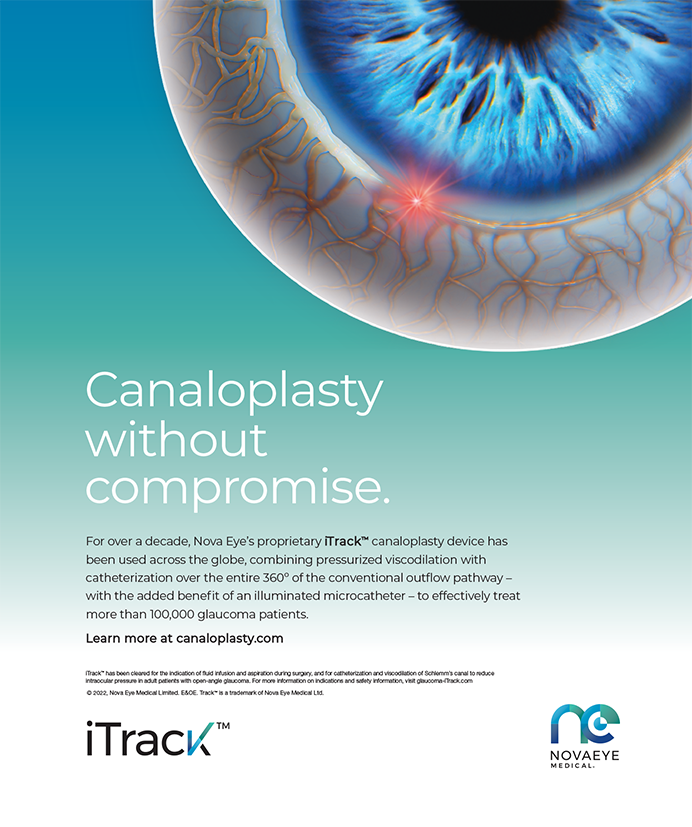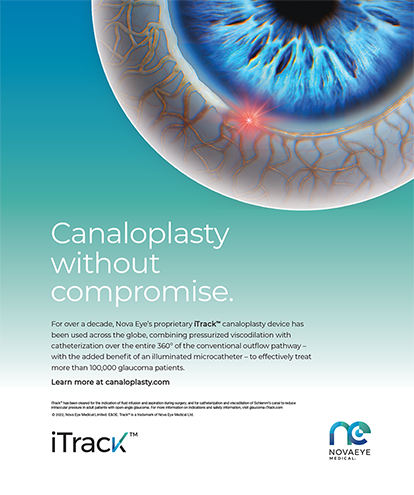This fall will mark the second running of an extraordinary event in my hometown of Austin, Texas: the United States Formula One (F-1) Grand Prix. During the inaugural race, 300,000 people appeared in my backyard for several days. Although F-1 is less well known to US audiences, it is wildly popular internationally. I believe I counted at least 20,000 Brazilians, 10,000 Aussies, 5,000 British, and one guy from Guam in attendance last year. Before the event, I began receiving e-mail messages from friends in Asia, Europe, and South America asking, “Where is Austin? It's in Massachusetts, right?” More ominous were those that read, “I'm coming there, so how long can I stay at your house?” As a brilliant/ foolish investor in a small portion of the race, I have learned a lot about F-1 cars, the technology behind them, and the ways this technology ultimately trickles down to passenger cars. Aficionados of the sport will tell you that F-1 cars represent the pinnacle of racing technology, and I am inclined to believe them. These cars are essentially fighter jets that stay (mostly) on the ground.
F-1 fans fall primarily into two categories. The first group is attracted to the spectacle of astonishingly glamorous parties, models, celebrities, and drivers. The second revels in the minutiae of the world's best engines, transmissions, tires, and aerodynamics coupled with the strategy and cunning of highly skilled drivers. The technology is indeed amazing. In fact, the pace of advancement is such that the governing body of F-1 places very well-defined limits on which innovations the teams may use in their cars. Otherwise, the teams with the most money would run away with the race.
With the technological playing field relatively level, why are some racing teams perennially dominant? I believe most of the differences in performance have to do with the myriad strategic decisions made before and during the race by the teams and by their drivers. Sheer skill, determination, and guts are important as well, and a bit of luck does not hurt.
As in the F-1 universe, successful ophthalmological care requires access to great technology. We surgeons are undoubtedly better at what we do thanks to continual improvements in the quality of our equipment and our pharmaceuticals. The “governing body” limiting our performance is regulatory in nature, but we are also subject to economic forces. As anyone supervising resident physicians can attest, however, the best technology in the world will not prevent severe complications at the hands of the unskilled or inexperienced.
At some point, each of us is asked why we chose the specialty. A common answer is a fascination with technology. Ophthalmology requires us to understand what is cutting edge today and to remain up to date in the future. It also demands that, when appropriate, we offer advances to our patients. This edition of Cataract & Refractive Surgery Today focuses on the criteria by which surgeons evaluate new technologies and how they decide whether or not to implement them. You may read some convincing arguments not always to be the first to adopt a new product or technique. On the other hand, you probably do not want to be the last.


